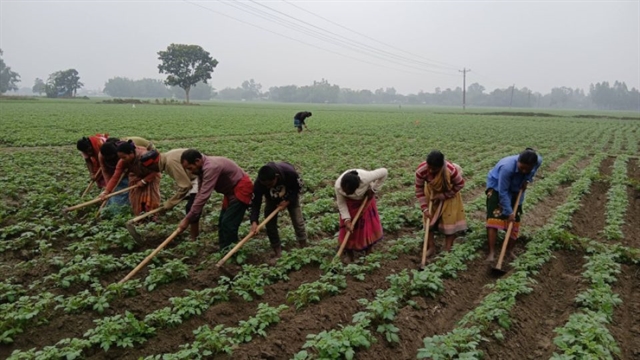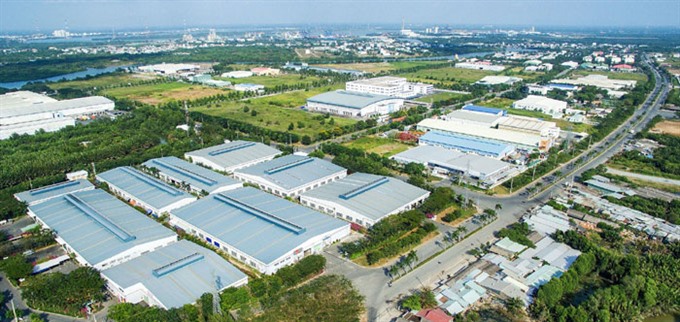 Opinion
Opinion

Đàm Tiến Thắng, deputy director of Hà Nội Department of Industry and Commerce talks to the newspaper Hà Nội Mới (New Hà Nội) about the city’s plan to modernise its industry
 |
Đàm Tiến Thắng, deputy director of Hà Nội Department of Industry and Commerce talks to the newspaper Hà Nội Mới (New Hà Nội) about the city’s plan to modernise its industry.
Will you please tell us some of the important points on industrial clusters’ development from now to 2020 and beyond to 2030?
Planning and development of industrial clusters is an important component in Hà Nội’s strategy for its socio-economic development. The development of a modern industry with strong competitiveness and causing less pollution is a salient point in the strategy. In the course of development, the city will focus more on industrial branches and products using advanced technology.
Another important task the City will focus on is making a change in the labour structure and giving technical training to workers to help them acquire new technique in their production.
Last but not least, the City will try to achieve a goal of having the right amount of people living in certain areas to avoid over population in the city centre
In the course of industrial development, the Hà Nội authorities will try to develop industrial clusters which are closely linked to the development of high-tech zones, and industrial zones. They will then become a locomotive in helping traditional craft villages in the city to develop.
From now till 2020, the city authorities want 138 industrial clusters sitting on an area of 2,622 ha. These industrial clusters will attract production development enterprises to come to work in the clusters instead of expanding their production in neighbouring provinces or just only limit their production within their available space.
Does the City have any plan to synchronise the infrastructure and environmental protection in these industrial clusters?
Of course, right at the set of the development stage of these industrial clusters, the Hà Nội authorities have instructed all enterprises located in populated areas and caused pollution must be relocated in industrial clusters.
The city authorities have also demanded all industrial clusters must report on environmental impact assessment, waste water treatment centre, waste collection systems and noise reduction system. At present the Hà Nội authorities have considered various plans to ensure a good working environment for workers in these industrial clusters in accordance to all legal requirements.
Will you please tell us about the investment capital in these industrial clusters?
It will come from difference sources, including the Hà Nội Municipal City’s budget, from local districts’ budget and other legal funds. However, the bulk of the investment fund comes from investors of the industrial clusters.
To attract enterprises’ investment in infrastructure development in these industrial centres, the city will adopt preferential policies to support the development of industrial centres in the city as what has been written in Articles 28 and 32 of the Government Decree 68/2017/NĐ-CP on the management and development of industrial clusters.
Production in many traditional craft villages in Hà Nội has become a serious source of pollution. Does Hà Nội have any action to solve the problem?
We have issued some policies to solve the environmental problem, including the use of the city’s budget to build infrastructure projects outside the fences of the industrial centres, or to give some funding in land settlement, in the construction of waste treatment system and others.
We hope the establishment of clusters of traditional craft villages will contribute to improving the people’ working environment while increasing their productivity. At the same time, it will also help address some inadequacy arisen in the course rural urbanisation process.— VNS